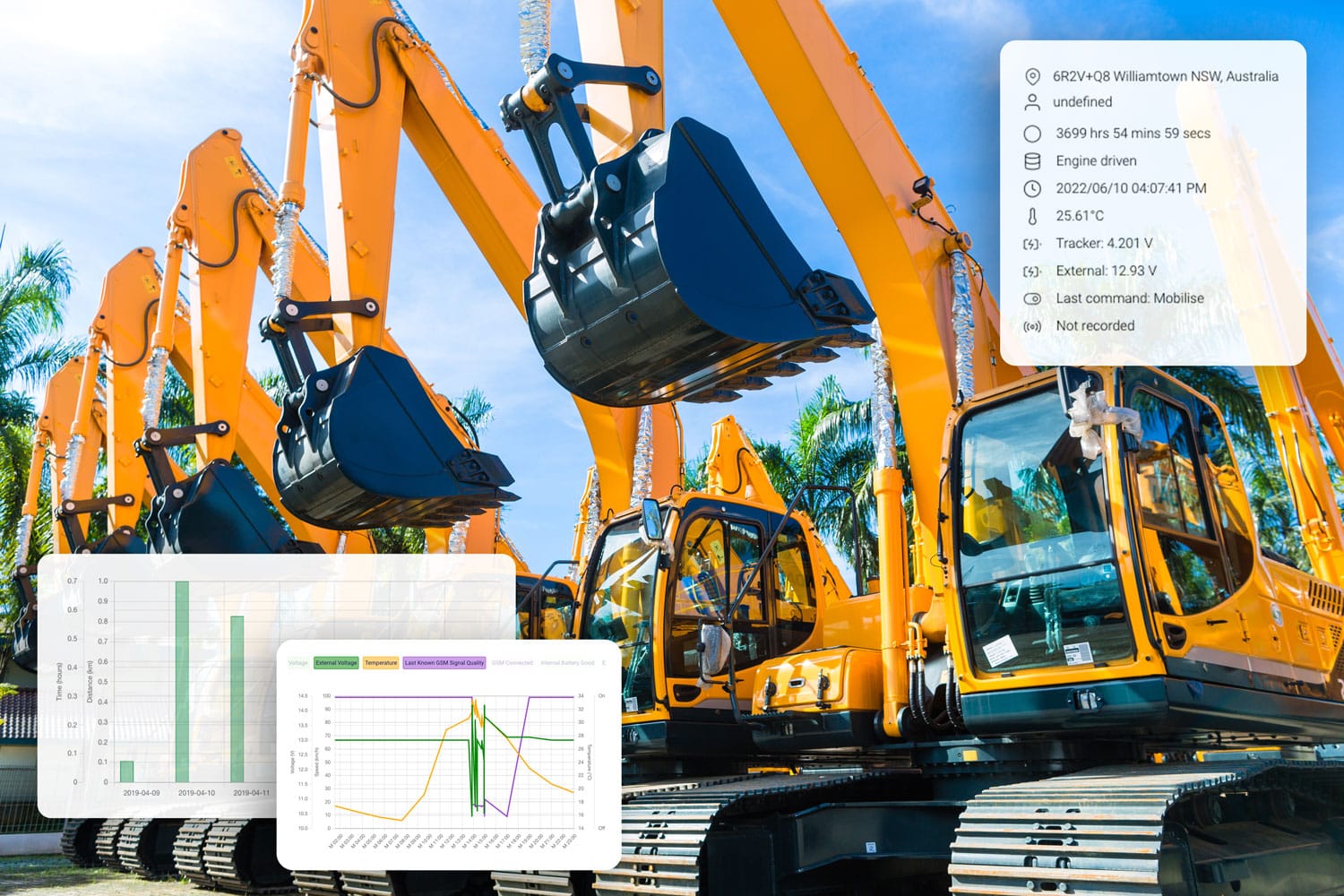In the fast-paced world of fleet management, efficiency is everything. Whether it’s about fuel consumption, driver behaviour, or asset utilisation, the smallest optimisations can lead to substantial savings and improved operations. With telematics, the tools for such efficiency are right at your fingertips.
This powerful technology provides unprecedented insights into your fleet, enabling smarter decisions, improving safety, and ultimately driving your bottom line. But how exactly can you leverage telematics to unlock these benefits? In this post, we’ll delve into specific strategies to help you maximise your fleet’s efficiency with telematics.
Schedule Efficient Routes with GPS Tracking
With GPS tracking, you can view real-time traffic conditions and plan the most efficient routes for your drivers. You can view where your drivers are in real-time on a map, so if an unexpected change is required you can easily pivot and provide them the best possible route to their next destination. Additionally, you can use the data on how long a route took to make adjustments and change routes.
Provide Timely Updates with Destination Alerts
By tracker driver location in real-time, you know exactly when drivers are about to reach their destinations. This not only allows you to keep your customers informed with accurate ETAs, boosting their satisfaction, but also lets you prepare for the next task or delivery in line. It’s a simple yet powerful way to enhance operational efficiency and customer experience simultaneously.
Monitor Acceleration Patterns
Tracking sudden accelerations can help identify aggressive driving behaviours that lead to unnecessary fuel consumption. By addressing these behaviours, you can increase fuel efficiency and also plan ways to re-train or re-educate your drivers on best practice.
Keep Speed Under Control
Monitoring drivers’ speed can ensure they are adhering to speed limits, enhancing safety, reducing the risk of speed-related accidents and penalties, and improving fuel efficiency.
Minimise Idle Time
Telematics provides invaluable real-time data, enabling you to identify patterns and instances of excessive idling across your fleet. With these insights, you can implement changes in operational procedures or driver behaviours to minimise idle time. Automated alerts can be set up to notify you when a machine or vehicle exceeds a certain idle threshold, promoting proactive management and significantly reducing idle time.
Track Machine Usage
Effective machine usage tracking is central to a well-oiled construction operation, and this is where telematics truly shines. By providing real-time data on when your machines are not being used or rented, telematics enables you to optimise their usage, strategically reallocating underused resources where they’re needed most. This usage data also informs smarter, more efficient maintenance scheduling. Rather than following a rigid schedule, maintenance can be planned during periods of low usage, minimising operational disruption. Additionally, by understanding the usage patterns of leased equipment, you can refine your rental strategies to enhance revenue. Through such insights, telematics supports a holistic, data-driven approach to machinery management that drives operational efficiency and profitability.
Log Machine Issues and Damage
Real-time tracking of issues and damage allows for timely maintenance, reducing downtime and prolonging the lifespan of your machinery. Telematics that support fault codes let you know exactly what is going wrong with a machine, where it is, and when it happened. The ability to manually report damage and upload photos, also means that you can be informed as soon as damage seen.
Schedule Preventive Maintenance
Telematics systems bring a dynamic and responsive approach to maintenance scheduling, enabling you to plan preventive maintenance based on actual machine usage rather than a rigid, pre-determined timeline. This approach, underpinned by accurate, real-time data, helps avoid unnecessary maintenance procedures, saving both time and resources. More importantly, it ensures that your machines receive the right care at the right time, based on their usage patterns and operational stress. The result is a significantly extended machine life and enhanced performance, ultimately translating into substantial cost savings and greater project efficiency.
Enhance Driver Training
Telematics systems are an excellent source of actionable data on driver behaviour, serving as a crucial tool for continuous improvement. These systems can capture detailed information, such as acceleration patterns, speed compliance, and braking habits. Such insights can be leveraged to create personalised training programs aimed at addressing specific areas of improvement for each driver.
Implement Asset Utilisation
By providing comprehensive data on asset usage, telematics systems equip you with the knowledge needed to deployment assets effectively, ensuring that each piece of equipment is used to its fullest potential. This data can guide purchasing decisions, helping you invest in assets that truly meet your operational needs and improve cost efficiency. On the other end of the spectrum, knowing when an asset is under-utilised or nearing the end of its operational life allows for timely disposal or replacement decisions.
The power of telematics in fleet management extends far beyond simple GPS tracking. It’s a comprehensive tool that can significantly enhance efficiency and ROI across various facets of your operations.
From optimising asset usage and reducing idle time, to proactively maintaining machinery health and personalising driver training, telematics provides a wealth of actionable data for informed decision making.
By integrating telematics into your operations, you’re not just keeping up with the technological curve, you’re actively leveraging it to drive operational excellence and profitability. As we move further into an increasingly digital age, the importance of telematics in the construction industry will only grow, and those who harness its full potential will lead the way.

